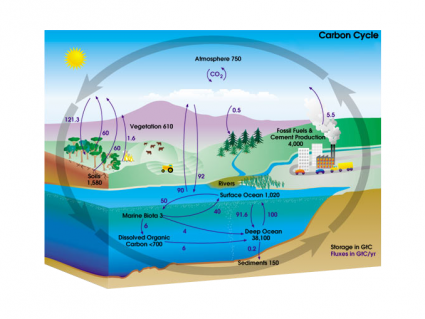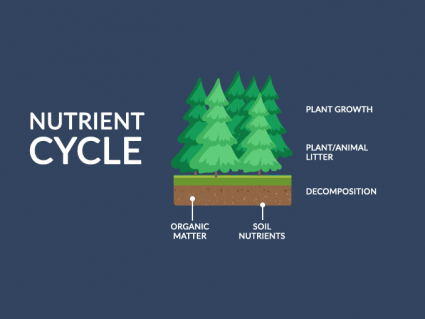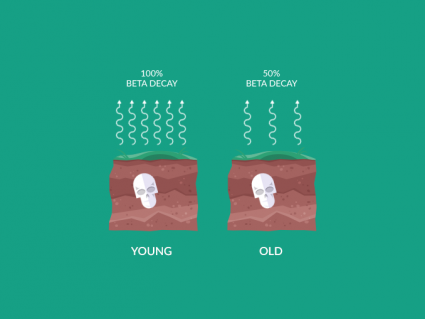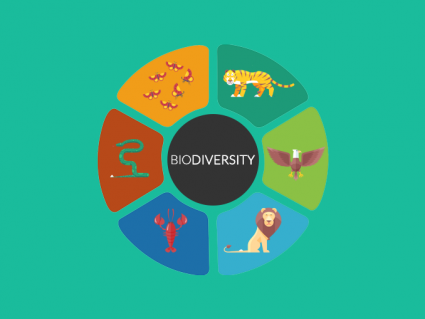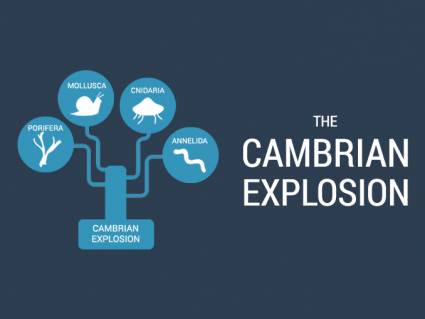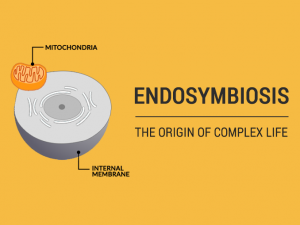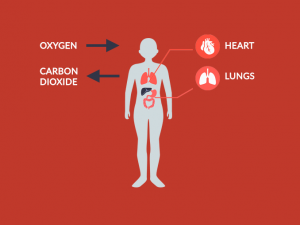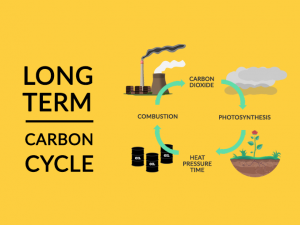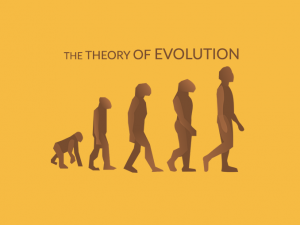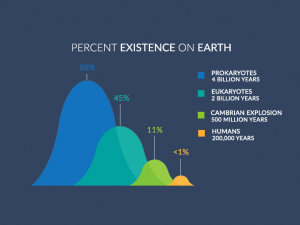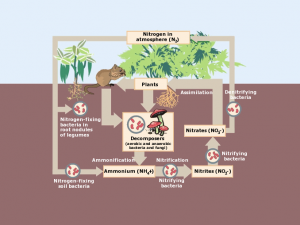The 5 Classes of Vertebrates
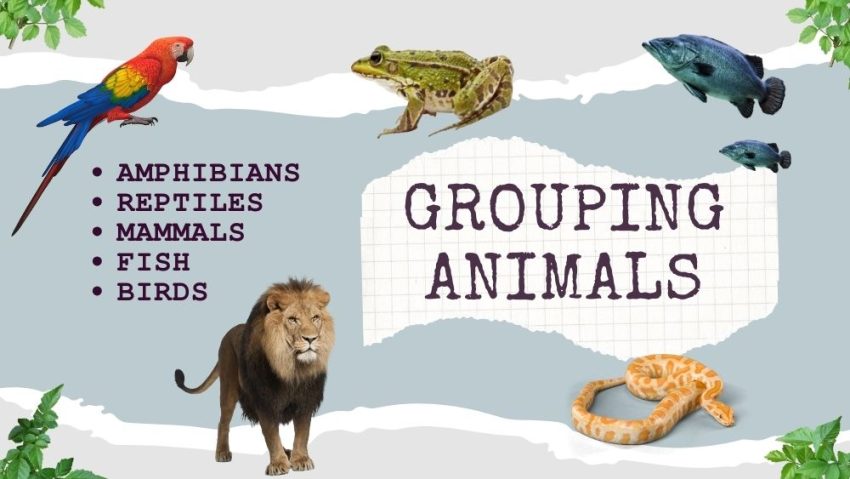
Grouping Animals into Five Classes of Vertebrates
Vertebrates are all animals with backbones, like humans. Grouping animals into classes allows us to categorize the incredible diversity on Earth and their evolutionary histories.
These smaller groups are the five classes of vertebrates:
- Amphibians
- Reptiles
- Mammals
- Fish
- Birds
So, the five classes of vertebrates are like five different clubs for animals with backbones. Each group has its own special characteristics. Learn more about their biodiversity below.
1. Amphibians
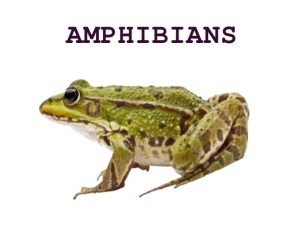
Amphibians can live in both water and on land. They start their lives as water-breathing tadpoles with tails. As they grow up, they go through a transformation into air-breathing adults, like frogs and salamanders, with legs.
Amphibians lay soft, jelly-like eggs in water or moist environments, which need to stay wet. Reptiles lay leathery or hard-shelled eggs on land, protecting them from drying out.
Some amphibians, like the wood frog, have an incredible ability to survive freezing temperatures. During the winter, these frogs can actually freeze solid. Although their hearts stop and they don’t breathe, they thaw out and return to life in the spring when they warm up. It’s like they have their own built-in antifreeze!
2. Reptiles
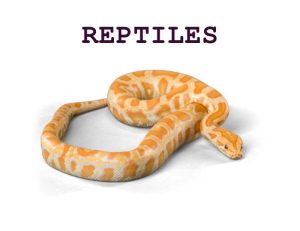
Reptiles include animals like snakes, turtles, and lizards. They usually have scales and lay eggs. Many of them are cold-blooded, which means their body temperature depends on their environment.
Reptiles are similar to amphibians with some key differences. Amphibians start as water-breathing larvae (tadpoles) and then transform into air-breathing adults. Reptiles, on the other hand, hatch from eggs as miniature versions of their adult selves and do not go through such a dramatic change.
Amphibians are closely tied to water during at least part of their life cycle. They often need water for breeding and lifestyle. But reptiles can live in a wider range of habitats, including deserts, forests, mangroves, and grasslands.
3. Mammals
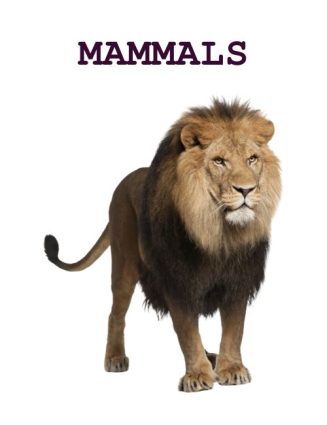
Mammals are animals like us and have hair or fur like a bear. One key difference is that mammals also produce milk to feed their young. This provides babies with essential nutrients and a special form of care, not apparent in the other vertebrates.
Most mammals give birth to live babies. This means their babies grow inside the mother’s body and are born when they’re ready. An elephant’s pregnancy, called gestation, can last for about 22 months, which is almost two years! It’s one of the longest gestation periods in the animal kingdom.
Finally, mammals are warm-blooded. This means they can regulate their body temperature to stay warm, no matter if it’s hot or cold outside. This gives mammals an advantage in a wide range of environments. Most apex consumers in the 4 levels of the food chain are mammals.
4. Fish
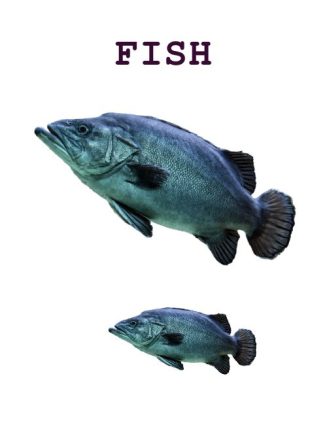
Fish are the swimmers of the vertebrate world, with scales, gills, fins, and a body that match the water they live in. Some are bony fish, like salmon, while others are cartilaginous fish, like sharks.
The gills of a fish are for breathing underwater in our 5 oceans or freshwater. This allows them to breathe underwater and extract oxygen to survive in their aquatic homes.
There are over 34,000 recognized fish species, and new species are still being discovered. They come in a wide variety of shapes, sizes, and adaptations, making them one of the most diverse groups of vertebrates on Earth.
5. Birds
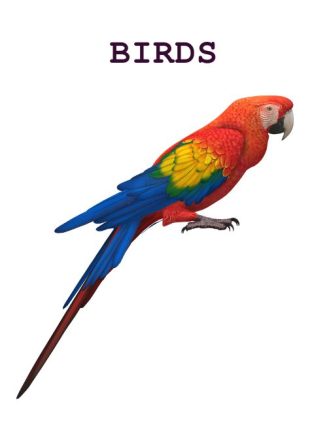
Birds, as vertebrates, are a special group with some unique features. One of their most notable features is their feathers. These feathers help them fly and keep warm. They also come in many beautiful colors.
Most birds have wings that allow them to fly in the sky. They use their wings to travel and find food. Birds have lightweight, hollow bones that help them stay light enough to fly. These two features give them unique adaptations for life in the air.
Birds lay eggs, and their babies hatch from these eggs. It’s similar to how we have babies, but bird babies start as eggs. Instead of teeth, birds have beaks or bills to eat their food. Beaks come in different shapes and sizes for various types of food.
Why are insects, not vertebrates?
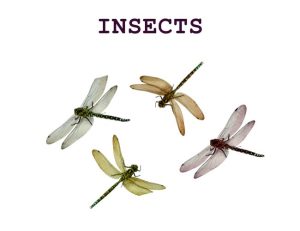
Insects aren’t invertebrates because they don’t have a backbone, which is a defining characteristic of vertebrates.
Invertebrates make up more than 90% of all living animal species. Insects are the largest group of organisms in our biosphere.
The most common insects in the world are ants. One research estimates there are 20 quadrillion ants on Earth. This means ants outnumber humans by 2.5 million to 1.


